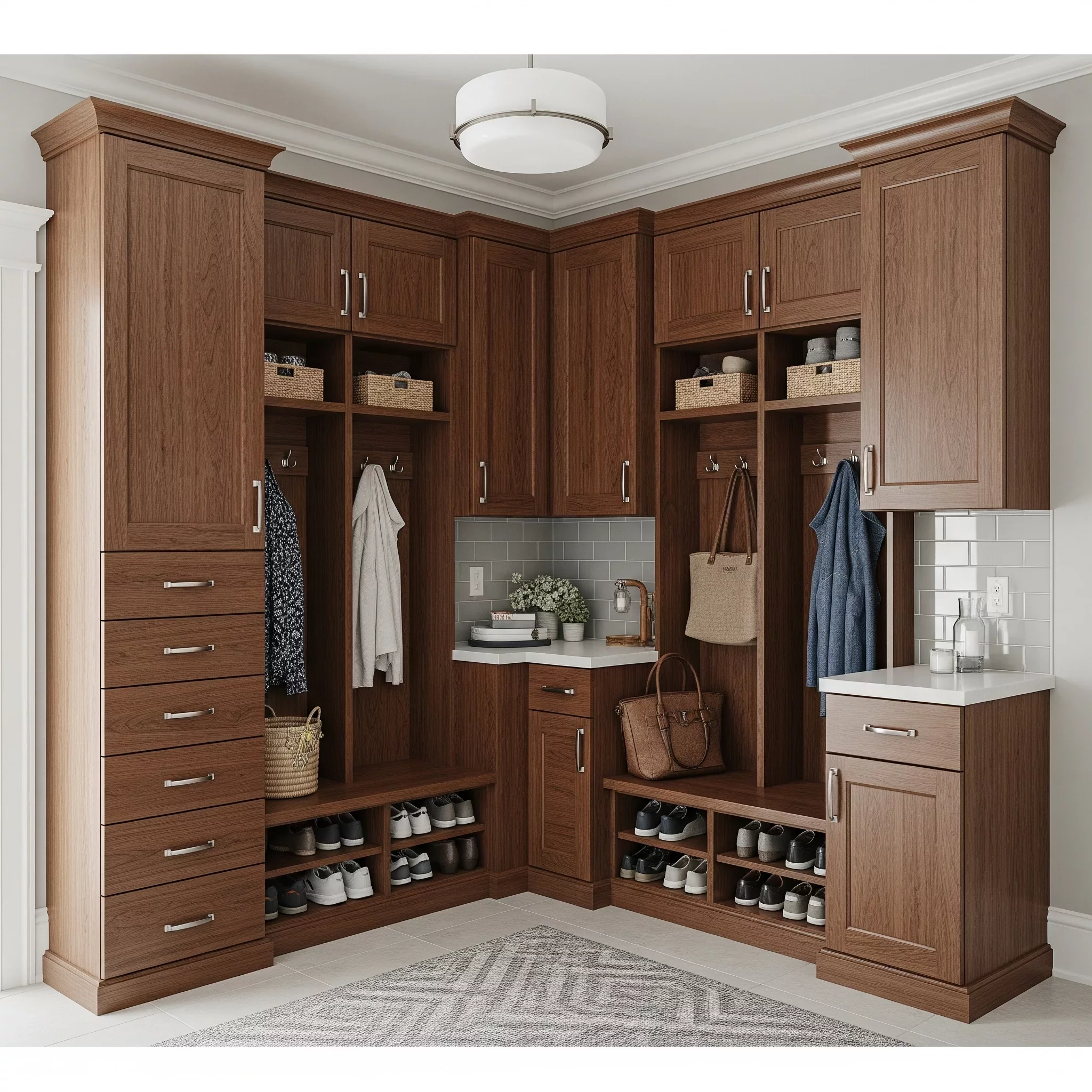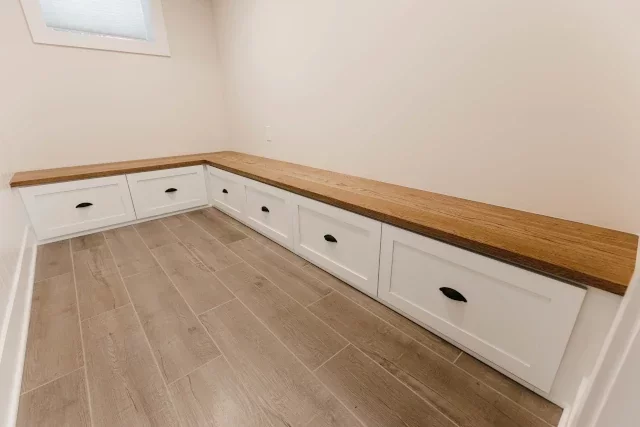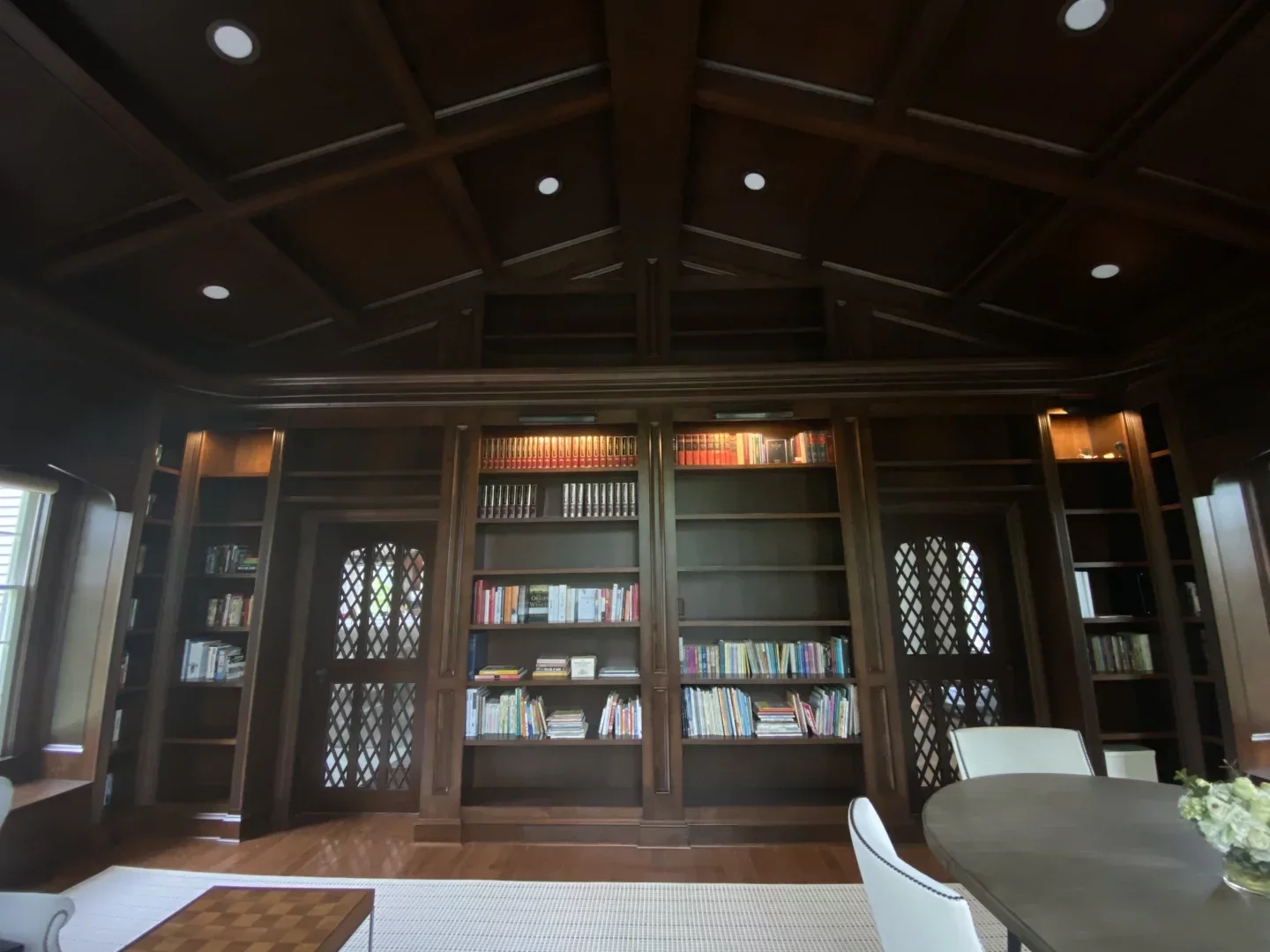Eco-Friendly Trim Carpentry: Sustainable Materials and Practices for 2025 Projects
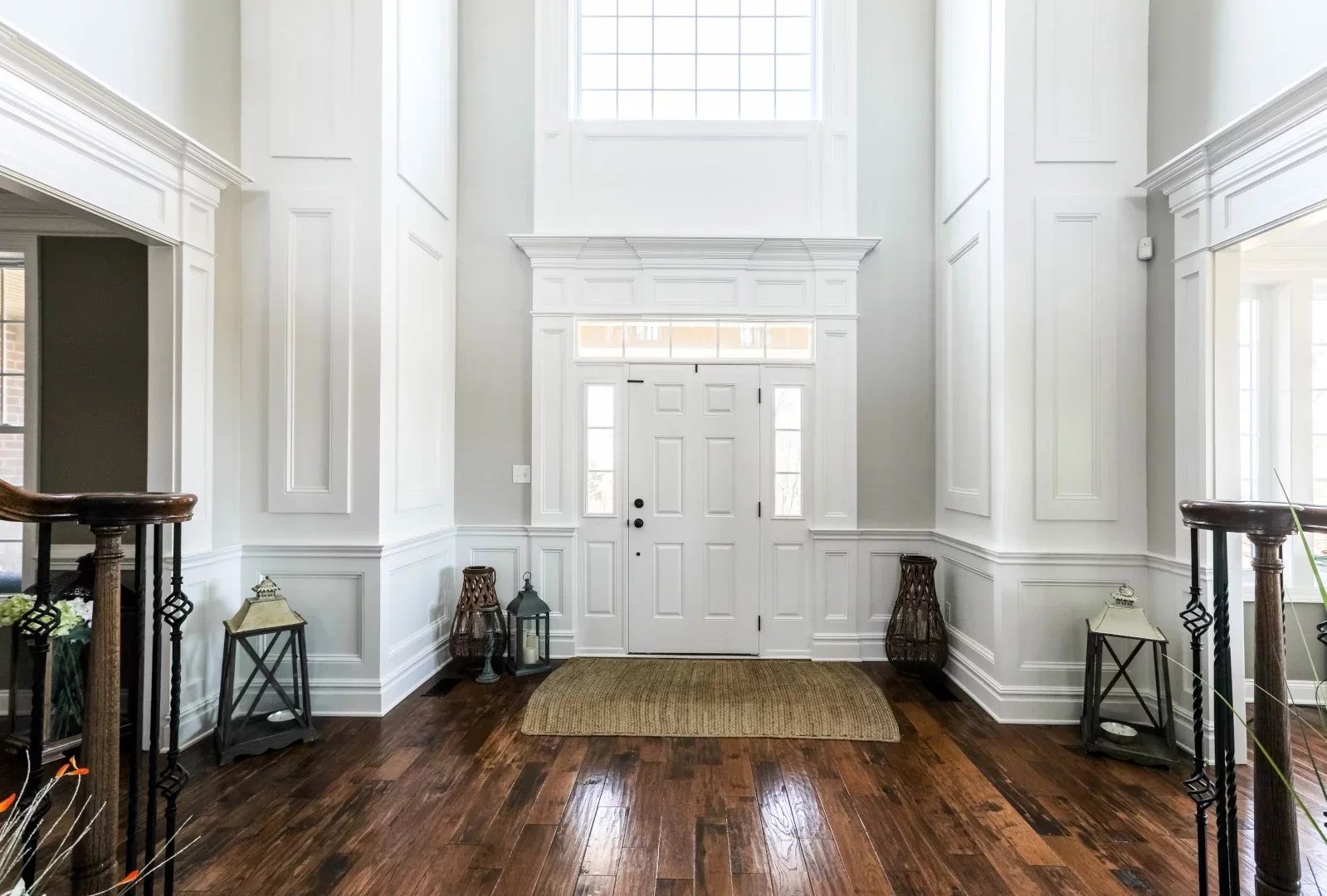
With environmental considerations influencing virtually every aspect of modern construction, trim carpentry has become more than just the last step in the process. and here's the perfect guide to help As trim carpenters and architects/designers have blurred the lines between the crafts of each other, the need for good construction books that focus more on the nuance and finesse of these trades has returned. They are experts at using responsibly sourced materials and green techniques to reduce waste, minimize carbon footprints, and design spaces that appeal to the environmentally conscious homeowner. This article covers eight tangible and revolutionary ways trim carpenters can adopt sustainability in 2025, providing them actionable guidance on how to make beautiful and green interior designs. So, whether you’re a homeowner preparing for a remodel or a pro eager to hone your skills, these aren’t rules so much as they are guiding principles to help you make smart, eco-friendly choices.
Get rekindled wood for an ageless look
Reclaimed wood has a place in environmentally friendly trim carpentry and it has significant appeal with regards to visual attractiveness. This material is sourced from old barns, factories, or recovered buildings and helps prevent the need for new timber and waste filling up our landfills.
Why it works: Reclaimed wooden kitchen cabinets has unique character, natural grain patterns, and a weathered texture that elevate crown moldings, baseboards or window casings.
Pro tip: Ensure that you are sourcing the wood from sustainable sources to ensure that it has both environmental impact and storytelling value for clients.
Opt for FSC-Certified Timber
Those working with new wood, the FSC certified label is a must. With the Forest Stewardship Council, you can be sure that the wood comes from responsibly managed forests that support biodiversity and fair labor practices.
Why it matters: Certified materials help clients know their trim carpentry project meets worldwide sustainability standards.
How to achieve: Look for FSC labels when buying lumber for door frames, wainscoting or custom millwork. Suppliers such as VC Woodworks often provide comprehensive sourcing information, so that trim carpenters can make informed choices.
Pro tip: Educate your clients about the advantages of FSC-certified wood as an advocacy toward trust, and your loyalty to be environmental friendly.
Opt for Low-VOC Finishes for a Healthier Interior
Traditional paints and stains contain these VOC s, releasing thousands of additional harmful chemicals back into the environment, compromising Indoor Air Quality and health. Low-VOC or zero-VOC finishes are an eco-friendly solution for trim carpenters.
Why it works: These finishes help reduce indoor air pollution and resist wear and discoloration on baseboards, chair rails or crown molding.
How to do it: Opt for water-based stains and sealants with low-VOC certifications, such as those that meet the GreenGuard standard. Before using the test products to your type of wood to assure a professional results.
Pro tip: Ventilate work spaces while painting for additional reduction in environmental impact and better for you.
Bring in Bamboo for Contemporary Sustainability
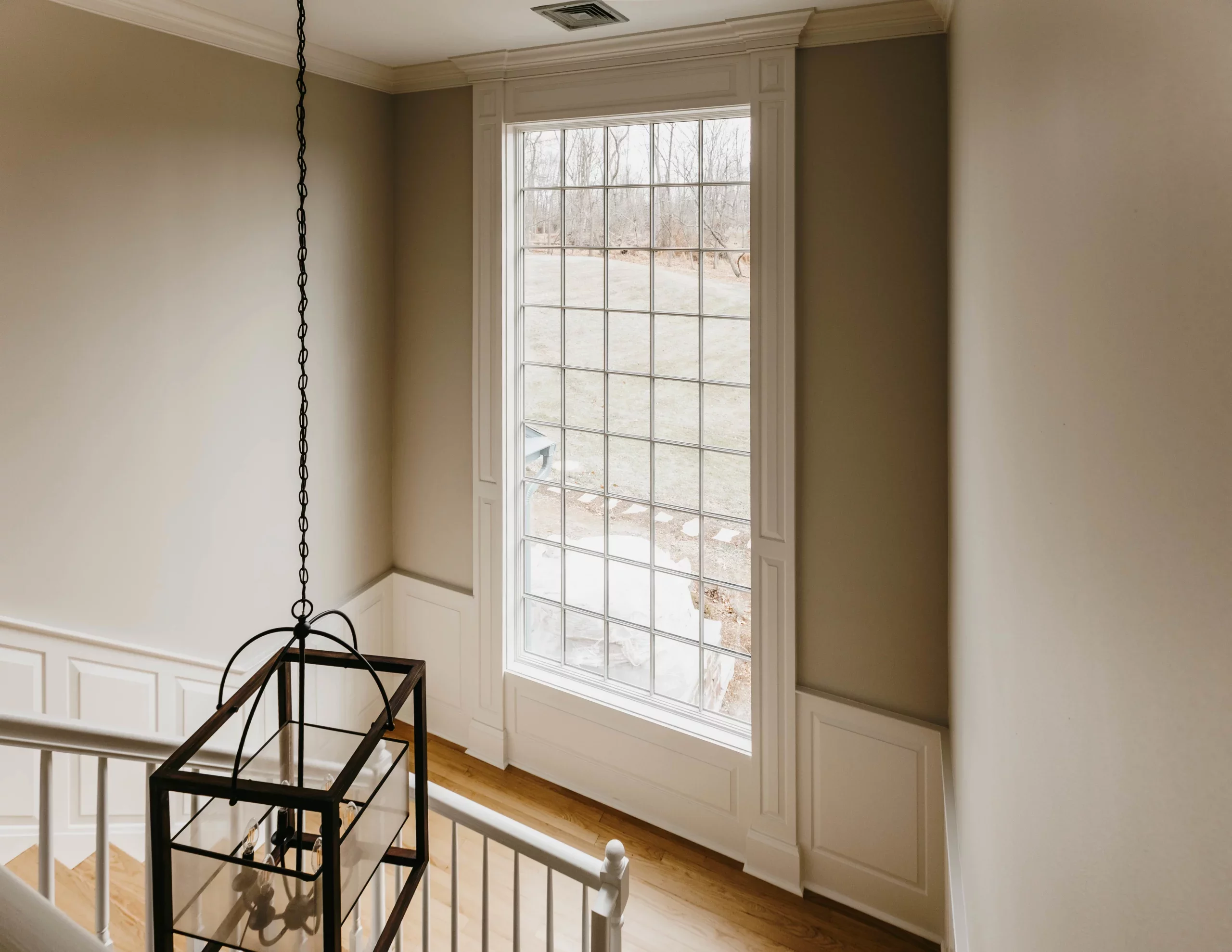
Bamboo is a quickly renewable crop that’s breaking into mudroom cabinets due to its strength and uniformity. As a grass, it matures more quickly than trees traditionally used in hardwood, for an eco-friendly solution for 2025projects.
Reason it works: Bamboo’s minimalist modern look can harmonize with other contemporary finishes, and its toughness ensures it can withstand the rigors of a high-traffic area such as a staircase or door trim.
Pro tip: Use bamboo on accent pieces, like clean window casings, for a shock of contrast to traditional materials.
Prevent Wastage with Accurate Planning
That’s the key to efficient Entertainment center. Trim carpenters can minimize waste by thinking through cuts and using technology.
Why it matters: Fewer resources consumed and less waste left to dispose of helps the environment and project budgets.
What you need: Digital tools such as CAD software used to prepare cuts for baseboards, crown molding or custom paneling. Measure twice, cut once (and find uses for offcuts on small details like corner blocks).
Pro tip: Give usable scraps to local woodworking schools or community projects so they can have a longer life.
Embrace Modular Trim Designs
Anfea says that, in eco-carpentry, the new charismatic appearance is modular trims, that can be easily placed and withdrawn. Such systems can be further updated over the time without destroying the past work.
Why it’s sustainable: Modular designs mean full replacements are less necessary, which cuts down on material waste and labor.
Pro tip: For clients, emphasize the long-term cost-savings of modular designs in addition to its sustainability and versatility.
Buy Energy-Saving Equipment
The tools that a trim carpenter uses can be sustainable as well. Just look at it this way: energy efficient equipment saves you money in energy costs and helps to reduce your carbon footprint for the work you do.
Why it makes sense: New-era cordless tools with lithium-ion batteries or energy-efficient table saws use much less electricity but are just as powerful.
Implementation: Upgrade to energy-star rated tools or those with low-energy settings. Keep the machine in a good status for work and use.
Pro tip: Combine energy-efficient tools with solar-powered charging stations for an even greener workshop.
An educated customer is more likely to purchase "green" Staircase trim. Trim carpenters can build trust and provide motivation for green decisions by proactively sharing sustainable materials and techniques.
Why it works: Informed clients are more likely to select sustainable options, thus creating demand for environmentally responsible projects.
Pro tip: Put together a portfolio of green projects to show you understand the subject matter and are committed to sustainability.
Conclusion
Successful trim carpentry in 2025 is a combination of artistry and eco-consciousness. As trim carpentry contractors source reclaimed or certified materials, finish the work with low-VOC finishes, think outside the box with their designs, and educate their customers, they can showcase homes that demand more from the planet. The following eight habits provide useful strategies for finding ways to minimize waste, maximize resources, and ultimately deliver quality results that clients will appreciate for years. For ideas and materials that can get you closer to these goals, consider the options available through VC Woodworks and start planning your earth-saving project now.
GET IN TOUCH
· Our Address: 1028 Shiloh Rd, West Chester, PA 19382
· Mail us at: [email protected]
· Call us at: (267) 949-6062
Find detailed information about this at:
Stay connected with us! Follow us on our social media channels for the latest information & updates.Reddit , YouTube, Pinterest, Facebook, Twitter
Sign up for our newsletter
Subscribe to receive daily sparks of creativity, insights, and growth tips
